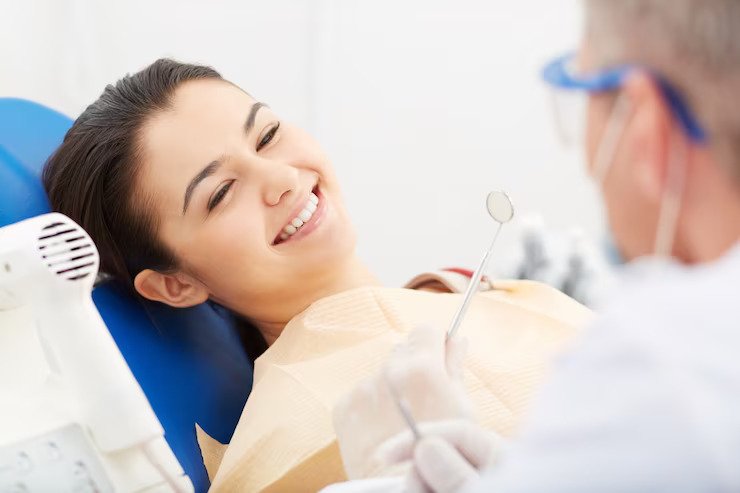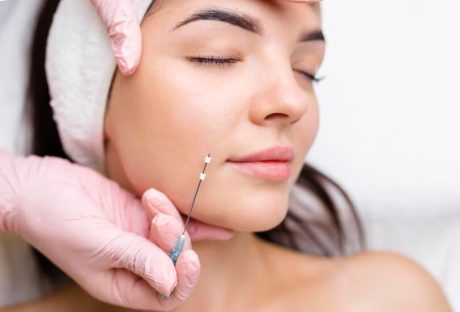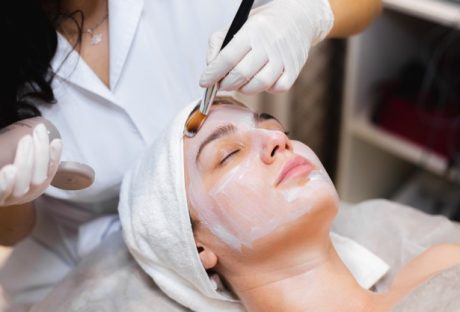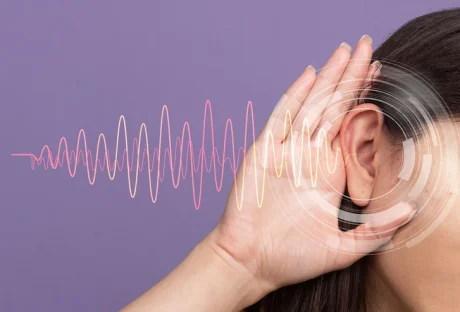Attracting new dental patients is crucial for the success and growth of any dental practice.
To stand out in a competitive market, dental practices need effective strategies to attract new dental patients and build long-term relationships with them.
Here are some of the best strategies to attract new patients to dental practices.
1. Online Presence and Marketing
In today’s digital age, having a strong online presence is essential. Create a professional website that’s informative, visually appealing, and user-friendly. Optimize it for search engines to improve visibility. Utilize social media platforms to engage with potential patients, share oral health tips, and showcase your expertise. Online advertising and search engine marketing can also be effective in reaching a wider audience for practices that need more dental patients.
2. Local SEO
Implement local search engine optimization strategies to ensure your dental practice appears in local search results. Register your practice on Google My Business and other local directories. Include accurate contact information, hours of operation, and patient reviews. Encourage satisfied patients to leave positive reviews, as they can significantly impact your online reputation.
3. Referral Programs
Word-of-mouth recommendations remain one of the most powerful marketing tools. Offer referral incentives to existing dental patients who refer new patients to your practice. This could be a discounted service, a free dental cleaning, or a gift card. Implementing a formal referral program helps motivate patients to spread the word about your practice.
4. Community Involvement
Engage with the local community by participating in events and initiatives. Sponsor local sports teams, schools, or charity events. Offer free dental screenings or oral health presentations at community centers, schools, or local businesses. These activities not only enhance your visibility but also demonstrate your commitment to the community’s well-being.
5. Patient Education
Develop educational materials, such as blog posts, videos, or infographics, that provide valuable information about oral health and dental procedures. Share these resources on your website, social media, or through email newsletters. By positioning yourself as a reliable source of information, you can attract dental patients who are actively seeking dental care and are interested in learning about oral health.
6. Online Appointment Booking
Simplify the process of scheduling appointments by implementing an online appointment booking system. This convenience is appreciated by busy individuals who prefer the ease and flexibility of booking appointments at any time. Make sure the process is user-friendly and offers clear instructions.
7. Exceptional Patient Experience
Providing exceptional patient experiences is crucial for attracting and retaining patients. Ensure your staff is friendly, knowledgeable, and responsive. Create a comfortable and welcoming environment in your practice. Communicate clearly with patients, addressing their concerns and explaining treatment options. Offer amenities such as comfortable waiting areas, complimentary refreshments, and entertainment options.
7. Special Offers and Promotions
Consider offering special promotions or discounts for new patients. Those could include discounted initial consultations or teeth whitening treatments. These incentives can entice potential patients to choose your practice over competitors.
8. Patient Testimonials
Encourage satisfied dental patients to share their positive experiences through written testimonials, video testimonials, or online reviews. Testimonials act as social proof of dental practices’ credibility and service. They can significantly influence potential patients when choosing a dental practice as well.
9. Continuous Professional Development
Consider staying updated on the latest advancements in dentistry and investing in ongoing professional development for yourself and your team. Being knowledgeable about the latest treatments and technologies demonstrates your commitment to providing high-quality care. In turn, it can attract new patients seeking modern and effective dental solutions.
10. Effectively Retaining Existing Patients and Bringing in New Ones
Implementing these strategies can help dental practices attract new patients and establish a strong reputation in their communities. By focusing on providing exceptional patient experiences, utilizing online marketing strategies, and engaging with the local community, dental practices can differentiate themselves from the competition and foster long-term relationships with their patients. Remaining up-to-date on the latest technologies and techniques and staying in touch with consumers’ needs can foster growth as well.
Read Also:






















